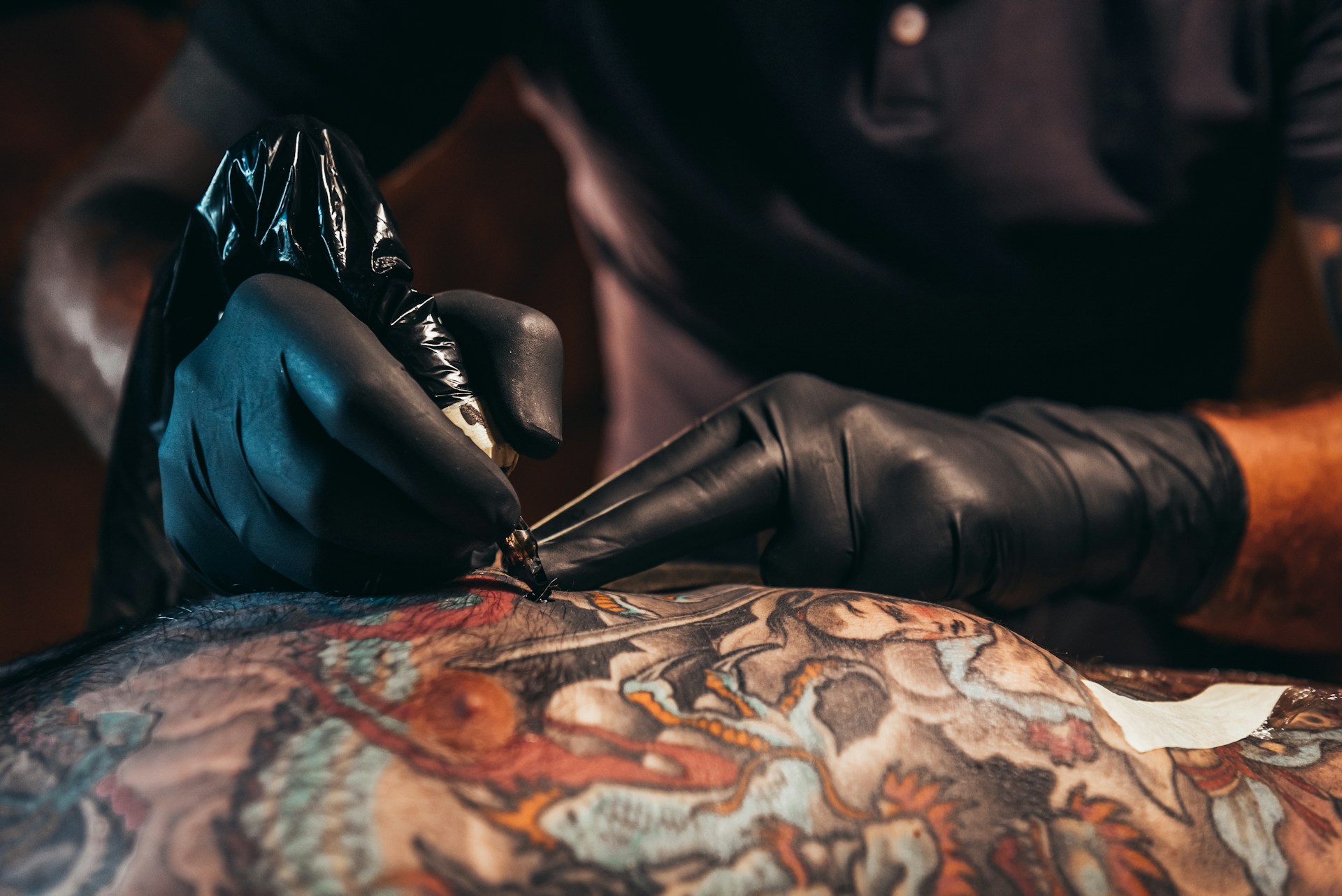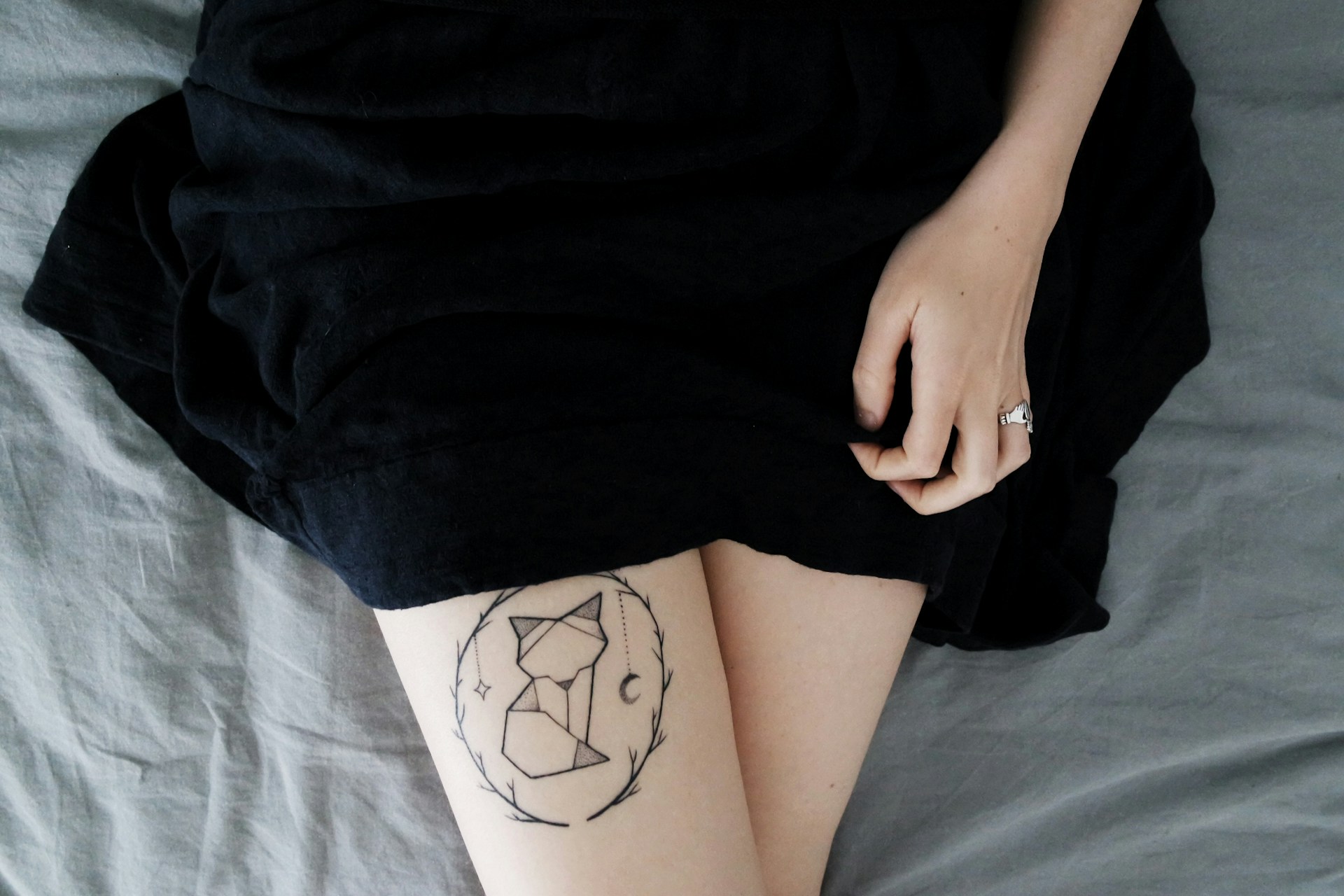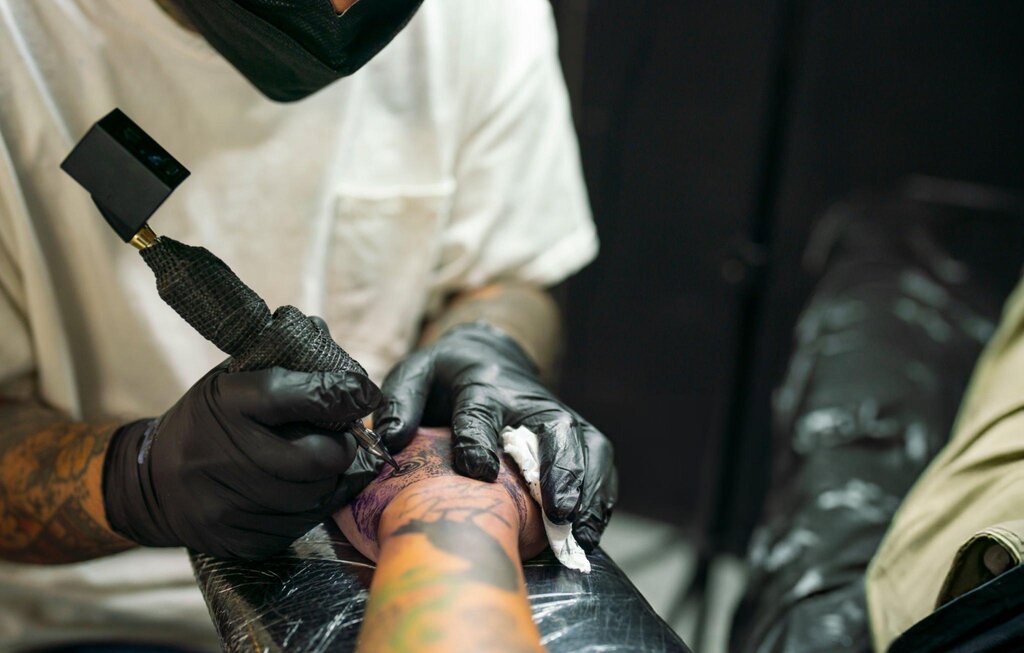Tattoo art is a fascinating subject with a rich history that spans across various cultures worldwide. As time passes, there is a constant evolution of techniques, styles, and tools that continuously redefine the landscape of this ancient art form. At Lucky DeVille Tattoo Co, we believe that understanding the historical context and cultural influences behind tattooing allows us to appreciate the depth and artistry even more. In this informative and educational article, we’ll explore the fascinating journey of tattoo art and its development through time, highlighting the styles, cultural significance, and techniques that have shaped and diversified the industry.
The history of tattoo art dates back thousands of years, with numerous ancient cultures embracing this form of self-expression, storytelling, and identity. The word “tattoo” itself originates from the Polynesian word tatau, a testament to the profound impact of Polynesian tattooing on the Western world. As tattooing spread throughout the globe, each culture embraced and adapted the art form to resonate with its unique beliefs, values, and aesthetics. From the intricate tribal markings of indigenous people to the spiritual geometry of Buddhist tattoos, the diverse styles and purposes of tattoo art provide a captivating reflection of human history.
Modern tattooing has come a long way, with advancements in techniques and tools allowing for the creation of incredibly detailed and lifelike body art. In contemporary tattoo culture, we see a myriad of styles that artists have developed and mastered, including Traditional, Realism, Blackwork, Geometric and Watercolor, among others. Notably, the atmosphere and social perceptions surrounding tattoos have also evolved, resulting in a more widespread appreciation and acceptance of this dynamic art form.
As we delve deeper into the history of tattoo art, you’ll gain a greater appreciation for the extensive palette of styles, skills, and creativity that our talented artists at Lucky DeVille Tattoo Co bring to the table. Join us as we embark on a fascinating journey through time, exploring the origins, influences, and innovations that continue to shape and inspire the world of tattoo art.
The Evolution of Tattoo Art: Exploring the History and Styles That Shaped the Industry
The fascinating world of tattoo art has captured the attention of countless individuals throughout human history. As we examine the development and influences that have shaped tattooing, we gain a profound appreciation for the skill and artistry behind each design. Journey with us through time as we explore the diverse origins, styles, and cultural impact of tattoo art.
Ancient Roots: The Beginnings of Tattoo Art
Tattooing can be traced back thousands of years, with ancient societies worldwide using tattoos for ritualistic, spiritual, and decorative purposes. Early tools used for tattooing consisted of needles made from bone or wood, with natural pigments used as ink. Some key examples of ancient tattoo art include:
1. Ötzi the Iceman: The oldest known human to have tattoos, Ötzi the Iceman dates back more than 5,000 years. His preserved body, discovered in the European Alps in 1991, displays over 60 tattoos made from soot or charcoal.
2. Egyptian Tattoos: Tattoos have been found on ancient Egyptian mummies, signifying that the practice was prevalent in the civilization around 4,000 years ago. These tattoos often represented religious or sacred symbolism.
3. Tribal Tattoos: From the indigenous tribes of the Americas and the South Pacific to African and Celtic tribes, tribal tattoos have been used for centuries to mark social status, rites of passage, and family lineage.
4. Japanese Irezumi: Japanese tattooing, also known as Irezumi, dates back thousands of years, with evidence of tattoos for both decorative and spiritual purposes in the early days. Over time, this art form blossomed and evolved into the intricate, full-body designs seen today.
Strong Tradition Amidst Social Changes: Western Tattoo Culture
Western tattoo culture has experienced incremental changes over the centuries, with societal perceptions constantly evolving. Here are some crucial milestones in Western tattoo history:
1. The Influence of Polynesian Tattooing: The Polynesians are believed to have influenced the Western world’s tattoo culture significantly. As Europeans explored the Pacific Islands in the 18th century, they encountered beautiful tattooed bodies and brought the concept of tattooing back to the West.
2. Sailor Tattoos: In the 19th and early 20th centuries, sailors were some of the first and most well-known tattoo enthusiasts in Western culture. Commonly adopting nautical themes, their tattoos often served as a record of their journeys or a symbol of camaraderie.
3. Tattoo Stigma and Legislation: In the mid-20th century, tattoos suffered a period of stigma due to their association with criminality and deviance. This ultimately led to various states and cities in the United States banning tattooing, which persisted until the 1980s and 90s.
4. Revival and Mainstream Acceptance: The 21st-century renaissance of tattoo art has led to a wave of creativity and acceptance. Tattoos have become more popularized and celebrated in various forms of media, with public perception becoming increasingly tolerant.
Techniques, Tools, and Innovations: The Modern Age of Tattooing
Modern tattooing enjoys a rich blend of age-old techniques and cutting-edge innovations. Today’s tattoo tools and equipment provide artists with enhanced precision, allowing them to achieve intricate and elaborate designs unimaginable in centuries past.
1. Tattoo Machines: The development of the tattoo machine has revolutionized the tattooing process. The modern tattoo machine applies ink through a series of needles moving rapidly up and down, providing both speed and precision.
2. Variety of Inks and Colors: Modern tattoo artists have access to an extensive palette of inks and pigments, allowing for the creation of vibrant and dynamic body art. Today’s inks are also safer, thanks to improvements in pigment quality and industry regulations.
3. Sterilization and Safety: Increased awareness and regulations have improved the overall safety and hygiene of the modern tattoo process, reducing the risk of infections or complications.
Creating Your Tattoo Legacy: Embracing Traditional and Contemporary Styles
In today’s dynamic tattoo art world, a diverse range of styles can be combined to create unique and meaningful body art. At Lucky DeVille Tattoo Co, our talented artists are well-versed in both traditional and contemporary styles, allowing you to find the perfect design, style, and technique to represent your story.
Connecting With Our Tattooed Past
As the art of tattooing continues to evolve, it remains grounded in a shared history that connects people from all walks of life. By exploring the ancient origins, cultural significance, and modern innovations of tattoo art, we develop a deeper appreciation for the world of body art and the incredible artists, like those at Lucky DeVille Tattoo Co, who have dedicated their lives to this entrancing passion. As you discover the rich history behind tattooing, may it inspire and encourage you to embrace the creative world of body art and embark on your personal tattoo journey with confidence and excitement.
Ready to get inked with the finest body art in Buffalo, NY? Look no further than Lucky DeVille Tattoo Co! Our skilled artists specialize in state of the art tattooing, including full color, black and gray scale, and photo realistic portrait work. Don’t settle for less – visit us today and experience one of the best tattoo shops in Buffalo, NY!



